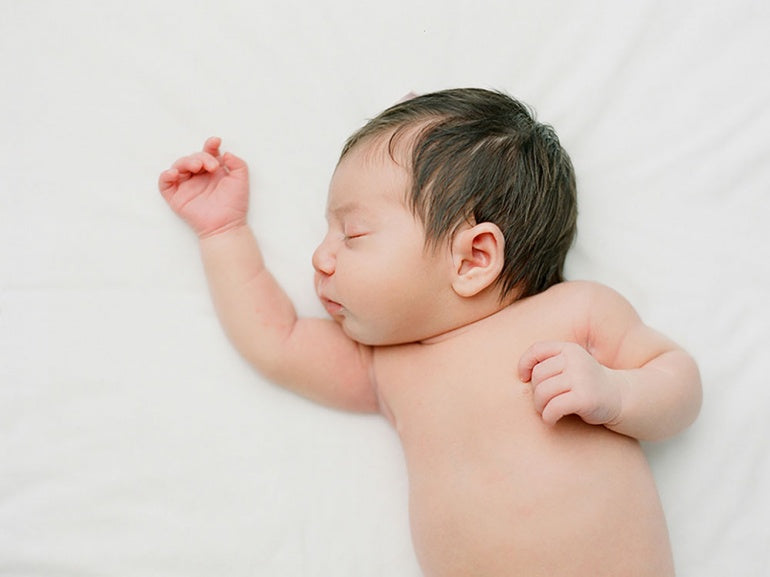4 Tips for How to Shoot Film with Artificial Light
A guest blog by photographer Sandra Coan.

Winter is coming (insert Jon Snow voice here). That can be a pretty scary thing for us film photographers! Film loves light, we all know it—the more the better. And winter is dark.
So, what do you do when the dark days of winter arrive? Embrace hybrid shooting? Push your film and pray for good results? Put your film cameras on a shelf and wait for Spring? That's no fun!
The truth is, you can shoot film all winter long—even inside, even on super dark days — by creating your own light. Learning to use strobes and flash will absolutely change the way you shoot film (for the better), trust me!

I’m a film photographer in Seattle, WA (a.k.a. one of the darkest cities in the world). The sunsets at around 4:00pm throughout the winter here. Sometimes the street lights stay on all day long, because it never gets light enough for them to turn off. It’s seriously dark. When I went back to shooting film, I knew that the only way it would work for me and my business was if I learned to use artificial light. And honestly, I wasn’t thrilled about that idea.

Using artificial lighting just didn't sound appealing. I was worried that my photos would look “flashy” and harsh. I wanted soft and natural! What I learned however, is that it is possible to create beautiful, natural looking light with strobes and flash.
Here are four things to keep in mind when working with artificial light:
LIGHT IS LIGHT
If you can work with it coming from the sun and shining through a window, you can work with it coming from a bulb and shining through a softbox—the same rules apply. This idea helped me get over the feeling that I didn’t know what to do with strobes. When I thought of my strobe and softbox as a portable window, I realized I knew exactly what to do. I’d been working with window light for years... and light is light!

METERING IS KEY
Every modern hand-held light meter has a flash mode that, when activated, will help you meter your strobe light. Make sure your meter is set to “flash” (a little lightning bolt icon on the Sekonic meters), and then meter just like you would meter window light. For me, that means metering for my shadows when shooting color film.
CONTROL YOUR POWER
Where do most photographers go wrong when working with artificial light? They have their power turned up way too high! I set my model light on high (so I can see where the light is hitting my subject), but I turn the power on my strobe light to low. Doing so creates a soft, natural looking light—which I love!

PREPARE TO BE AMAZED!
When I started working with strobes, it was really just to make it through the winter. What I’ve found, however, is that I actually prefer it to natural light (gasp!). Strobes are consistent. I know that I can go into any shoot, at any time for the day, at any point in the year, and have the same light. Every. Single. Time.
Knowing this reduces my stress and worry and allows me to concentrate on my subject—which is way more fun than worrying about my light. Now I use strobes all the time, even in the summer, even on bright sunny days.
Give it a try! Bust out your flash! Dust off those strobes! And start shooting film all year long!!!
*Want to learn more? Visit Sandra’s blog for tips and tricks on using lights, working with kids and families on film and growing a business you love.
Start Your Film Order
